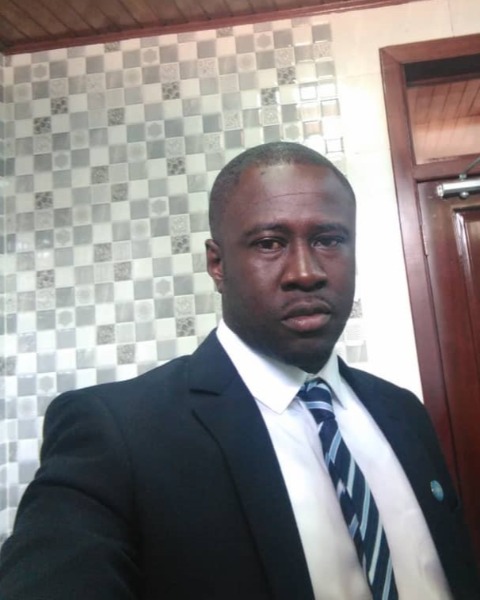Oral
Groundwater Symposium
Climate Change and Groundwater Resources
Lowering of Groundwater Levels and their Effect on Water, Sanitation and Hygiene Services in the Savelugu District, Northern Region of Ghana
Monday, May 22, 2023
1:54 PM - 2:12 PM PDT
Room: Del Fuego

Albert Acheampong, Ing.
PhD Candidate (Drilling Coordinator)
KNUST (WORLD VISION GHANA)
Author(s)
Of all the natural resources available to humankind, water holds a prominent place, particularly because of its importance for human livelihood. Savelugu district in northern Ghana is characterized by unpredictable rainfall patterns with periodic and perennial water shortages. The distance people travel to fetch water and the person-hours spent in search for water affect productivity, economic livelihood, and health and education benefits. Provision of potable water supply to these communities is expected to bring not only health, education benefits but also significant improvement in agricultural productivity/economic empowerment, increase sanitation and hygiene practices. Static water levels (SWLs) of 19 wells in the study area were collected, analyzed and compared to the initial SWLs measured when the wells were immediately drilled and constructed. In addition, rainfall data were collected and analyzed. The SWL data was subjected to paired samples T-test (with α = 0.05). From the results, there was significant difference in the SWL immediately after drilling and construction (µ = 12.15, σ = 7.50) and SWL after at least 10 years (µ = 17.81, σ = 10.29); t (18) = -3.7, P = 0.002. Lowered groundwater levels were recorded in all wells measured. This can lead to drying up of some of the wells whose difference between the current SWL and well depth is close. The lowering of SWLs could be attributed to reducing tree-cover, the harsh harmattan and rampant vegetation removal, which contributes to desertification, increase surface runoffs, less percolation to recharge the underground waters after rainfall in the area. There must be strong advocacy, development and implementation of IWRM plans to help address the problem of inadequate WASH in the study area. There is the need to replace existing wells in the area that showed greater potential of drying up with time as revealed by the study findings.
